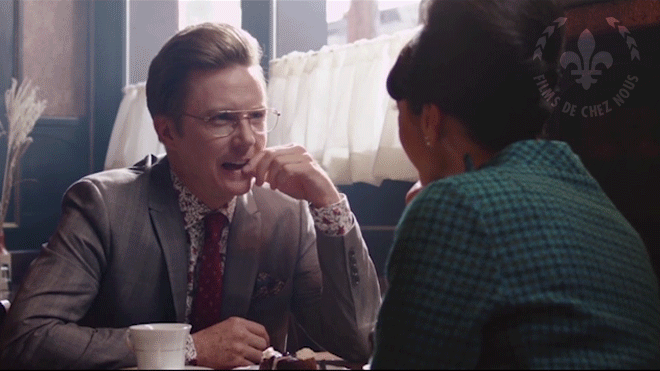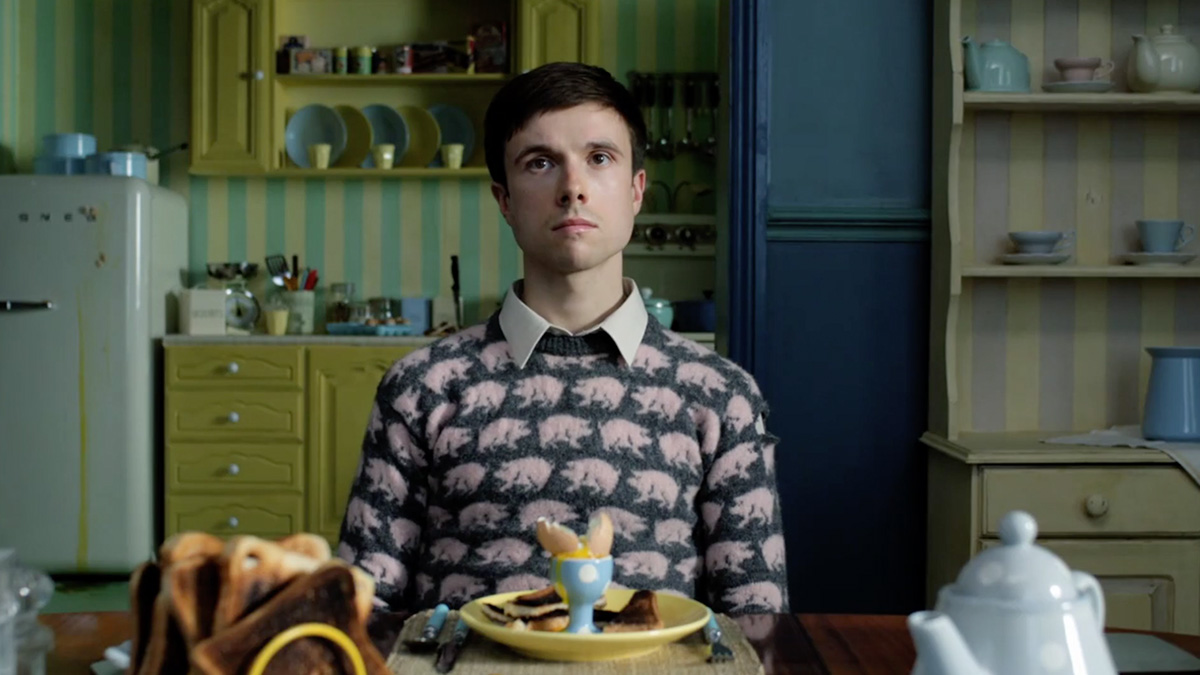Reviewed by Lorne Nudel
The death of Harry Stanley was a tragic and wrongful police killing, and that is no lie.
Right from the start The Strange Death of Harry Stanley tells us there is more than one narrative to this story. There is what you will see, and what really happened. This is the story of an ordinary human man, but also the reenactment of a crime.
Starting with on-screen text that states “This film is a pack of lies”, Director Jeremiah Quinn brings into relief that it is anything but. By drawing a line between cinema and reality, he assures the viewer that despite the use of actors and other devices used in this portrayal, “I will tell you what is and what is not, the truth.”
Throughout the film, well turned moments between man and wife, and between brothers show us Harry Stanley’s life, while the printed word drops in to set straight the harsh facts of his death.
Writer/director Jeremiah Quinn wrote the script and then approached Harry Stanley’s widow Irene to ask for permission to make the film. Irene found it difficult to understand the alienating sections of the script (where titles describe the film as dishonest in itself). This device was used to draw attention to the dishonesty surrounding the case, the lies that the police have told about Harry Stanley.
– Director’s Press Release
The film strikes a delicate, pensive tone as Harry (Forbes KB), makes his way (ever so gingerly) from his home to his brother’s and back just a few weeks after an operation following a diagnosis of colon cancer. Harry is emerging (literally embracing the word) from a dark time or fear, pain and seclusion, and looking to the future when a series of chance misperceptions (“Irish?”, “With a gun?”) lead like when “one malignant cell touches another, or doesnae.” to his untimely end.
Above the table where Harry has his toast hangs the Saint Andrew’s Cross with the words “Nemo me impune lacessit” printed across it, meaning No one attacks me with impunity. The tragic irony of this message highlights the fact that despite his being unarmed, two inquests were held into the killing (one where the officers that shot him were convicted of wrongful killing – overturned) and in the end the coroner ruled on his death with an open verdict (the death is ruled suspicious, but no other, more appropriate verdict is open to the court at the time).
Justice may have been elusive for Harry and his family, but this film does some to both truths of this sad story.




